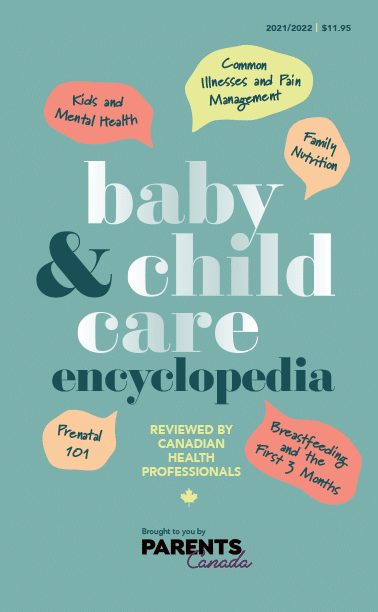Toddler
3 min Read
Tips for Handling the “Terrible Twos” or the “Threenage years”

January 3, 2023
Toddler
3 min Read

January 3, 2023

The fabled “terrible twos” have been the stuff of parenting folklore since…we’re guessing the beginning of time. Toddlers begin to assert their independence, which can lead to moments of frustration for both children and parents. This is due in large part to the fact that small children are learning self-regulation while also figuring out that they have some autonomy and can make decisions about where they go and what they do. Cue tantrums and other shows of displeasure when they either can’t manage their emotions or are exerting their new-found ability to refuse.
For some kids, the “terrible twos” never really materialize, only for this behaviour to make an appearance when the child turns three. Either way, it can be a difficult time to parent!
Be consistent with the schedule and routine. When a toddler knows what to expect, transitions between activities are that much easier. When you have to go off-schedule, be sure to give your child lots of advance warning when you need them to change activities or leave a location.
Keep the nap. It can be tempting to drop the afternoon nap, or to just assume they will nap in the car en route to a relative’s house or the grocery store, but overtired kids are that much harder to handle (all logic and reasoning go out the window!).
Stick to the rules and discipline. Gently reminding of rules and issuing the age-appropriate disciplinary action for misbehaviour will send the message to your child that their behaviour will not be tolerated.
Learn the art of redirection. Sometimes your child won’t know that their behaviour is out of line, and they aren’t old enough to sit through a long explanation or lecture. Quickly and efficiently correct the behaviour but also redirect their attention to focus on something else.
TEMPER TAMTRUM BASICS It can be extremely frustrating to try and defuse a child in the throes of a temper tantrum—especially if you’re in public. But guess what? You don’t have to. Sitting or standing near by, you can allow your child to have their temper tantrum without reacting. Believe it or not, chances are the tantrum will be resolved more quickly than if you try to force the tantrum to end. Then, you can scoop your child up to offer some comfort before you address why the tantrum wasn’t acceptable. Trying to scold a tantruming child is fruitless and doesn’t help to avoid the behaviour in the future.
